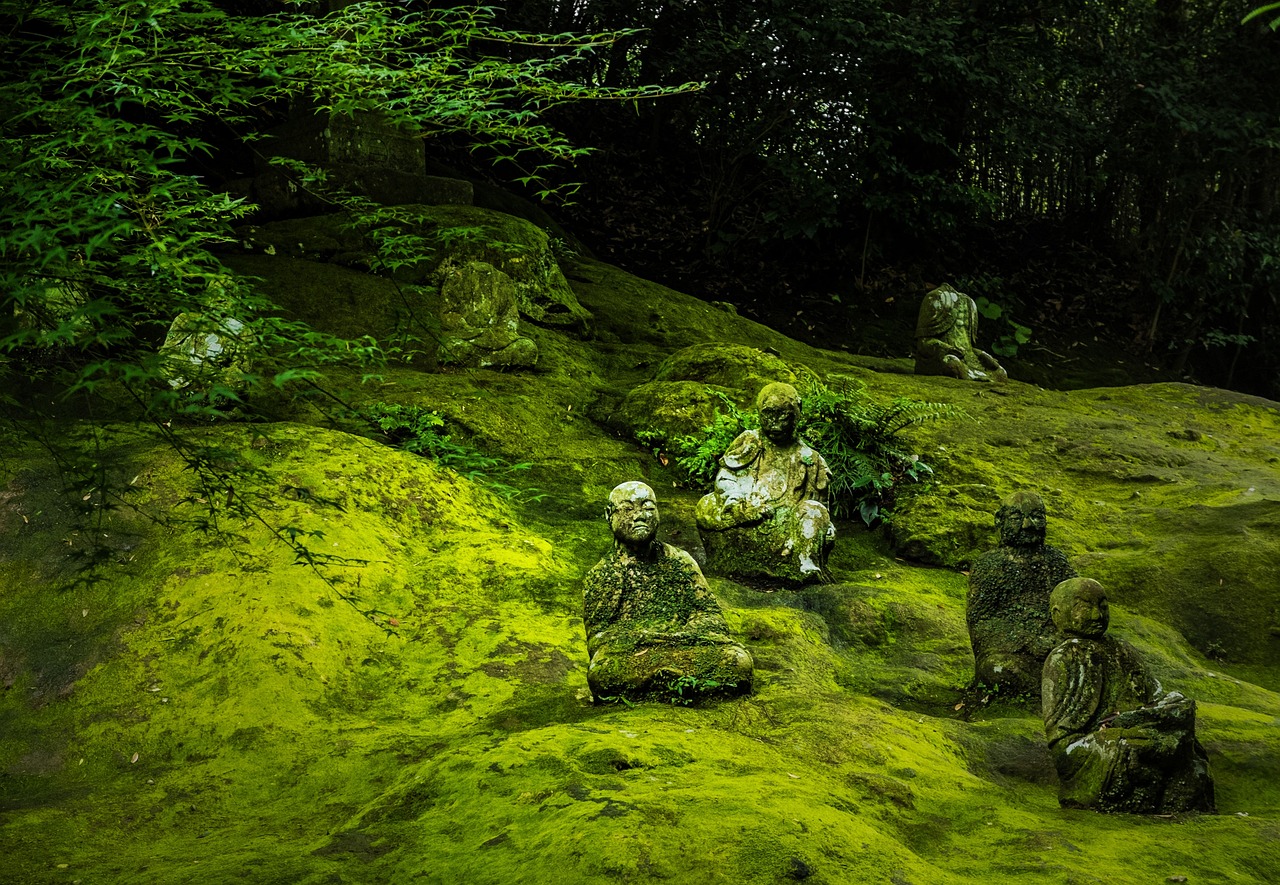Tang Sanzang, a pivotal figure from the classic Chinese novel Journey to the West, embodies the virtues of compassion and devotion. Created by Wu Cheng’en, the character draws inspiration from Xuanzang, a real-life Buddhist monk known for his pilgrimage to India.
Character Overview
Tang Sanzang, also referred to as Tripitaka, is a Buddhist monk who devoted his life to spreading the teachings of Buddhism. His name, meaning “three collections,” references his quest to retrieve the Sanzangjing, or the “Three Collections of Buddhist Scriptures.” Often recognized as Tang Seng, this name signifies his connections to the Tang Dynasty and highlights his role as an esteemed figure who shares a brotherly bond with Emperor Taizong.
As portrayed in the story, Tang Sanzang has forsaken his family from a young age to join the Sangha. He is depicted as a reincarnation of a celestial being known as Golden Cicada, a disciple of the Buddha himself. His mission takes him to Tianzhu, a historical name for India, to bring back sacred writings that would help promote Buddhism in China. He embarks on this crucial journey with the blessings of Emperor Taizong, but soon finds himself in peril.
In a rather unfortunate twist during his initial encounter with demons, his two chosen guards perish, leaving him vulnerable. Fortunately, the bodhisattva Avalokiteśvara steps in to assist Tang Sanzang by guiding him toward three formidable companions—Sun Wukong, Zhu Bajie, and Sha Wujing. Each of these beings becomes his disciple, eventually finding redemption as they share in Tang Sanzang’s pilgrimage. Throughout their expedition, they face numerous tribulations, particularly from malevolent entities drawn by the myth that consuming Tang Sanzang’s flesh would grant immortality.
By the story’s conclusion, Tang Sanzang is honored with the title of Buddha of Sandalwood Merit, signifying his supreme spiritual achievement and dedication.
Historical Context
The character of Tang Sanzang is directly influenced by the real-life monk Xuanzang, whose journey across treacherous landscapes to India was not only perilous but also scholarly. While the historical Xuanzang was a formidable scholar in his twenties at the time of his adventure, the fictional rendition depicts Tang Sanzang as somewhat naive and overly trusting. He often falls prey to the clever disguises of demons, lacking the perceptive abilities of his companion Sun Wukong, who possesses magical vision and quickly identifies malevolence disguised as innocence.
This dynamic creates tension within the narrative, particularly when Wukong attacks erstwhile deceived humans, leading to Tang Sanzang misinterpreting these actions. A notable episode is the encounter with the White Bone Demon, where multiple disguises lead to tragic misunderstandings, ultimately resulting in Tang Sanzang expelling Wukong despite his genuine intentions.
Much like Sun Wukong, Tang Sanzang assumes a protective role for those he travels with. Interestingly, he is sometimes conflated with Ksitigarbha, another bodhisattva revered in East Asian Buddhism, due to their similar appearances and attire, leading to occasional confusion among followers.
In essence, Tang Sanzang’s character represents the journey of spiritual awakening, grappling with both the idealism of his beliefs and the harsh realities he encounters along his path.



